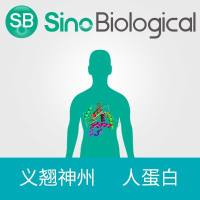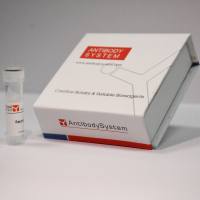The most widespread method used for DNA sequencing today is the Sanger dideoxy method that was first described in 1977 (1 ). This method takes advantage of the requirement for a free 3′ hydroxyl group to form the necessary phosphodiester bridge between two nucleotides during DNA polymerization. In short, DNA sequencing reactions using this method are performed on a DNA template using a specific primer, DNA polymerase, and a mixture of deoxynucleotidetriphosphates (dNTPs) and dideoxynucleotides (ddNTPs) as a substrate. When a dNTP is incorporated into a growing DNA strand, chain elongation proceeds normally. However, when a ddNTP is incorporated by the polymerase, the process of chain elongation is aborted because of the absence of the 3′ hydroxyl group on the nucleotide analog. The resulting DNA polymerization products are of varying lengths depending on when a ddNTP was incorporated into the growing strand. Theoretically, there should be a ddNTP incorporated at least once at each of the base positions for any particular DNA template. This pool of DNA fragments is then separated by size on high-resolution polyacrylamide gels. The resolution of these gels is so high that the difference in size resulting from a single nucleotide can be determined.






